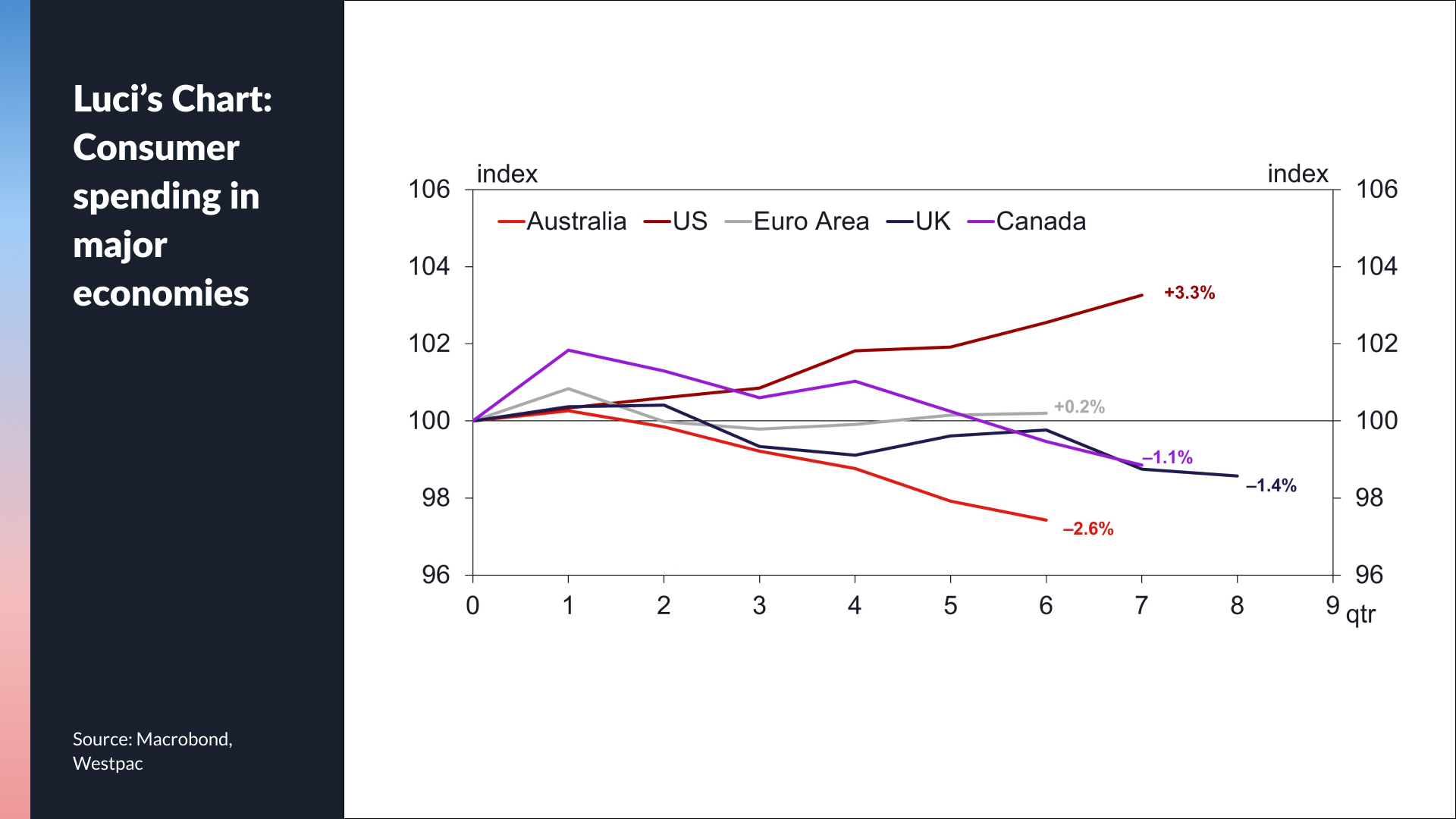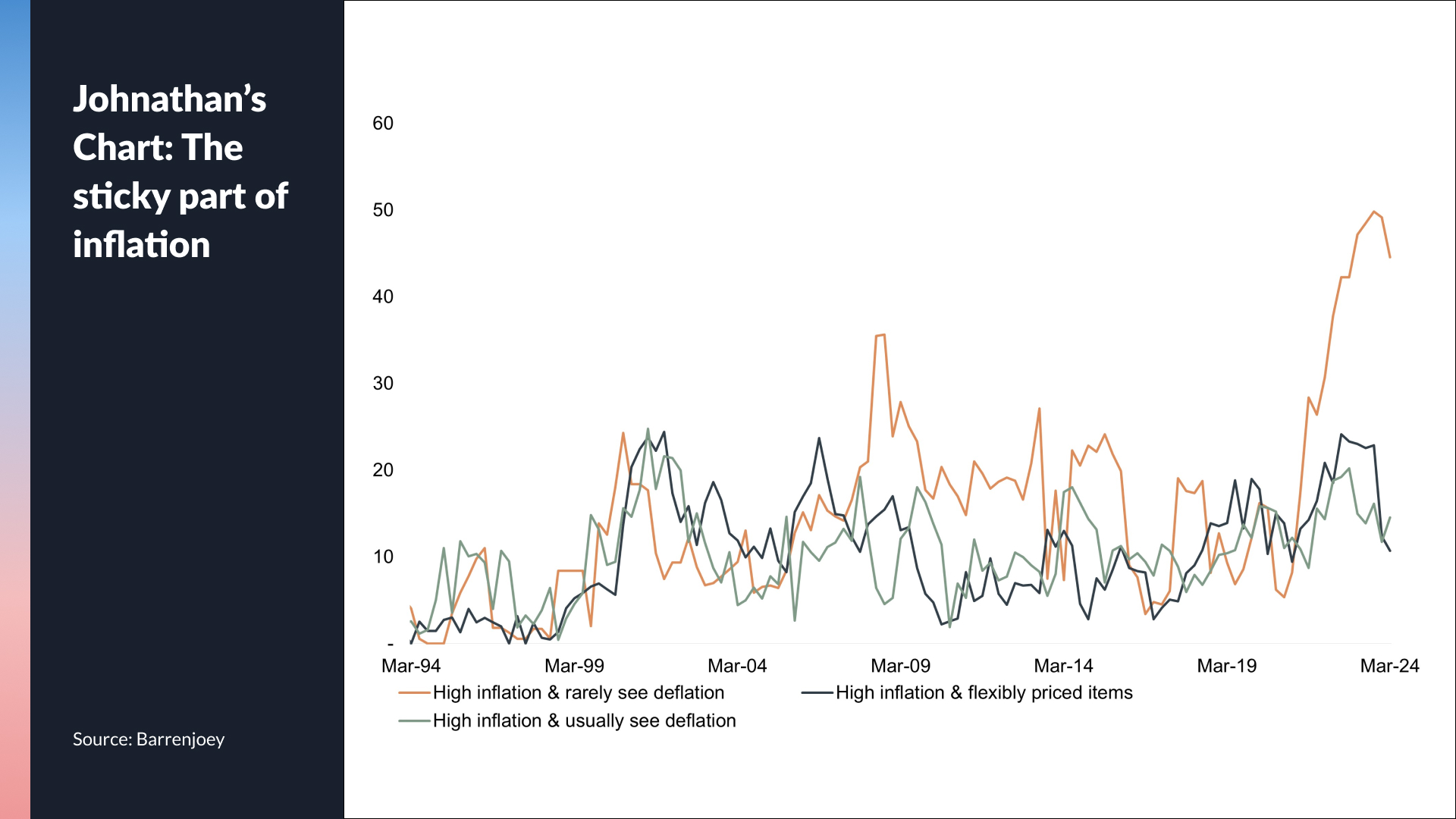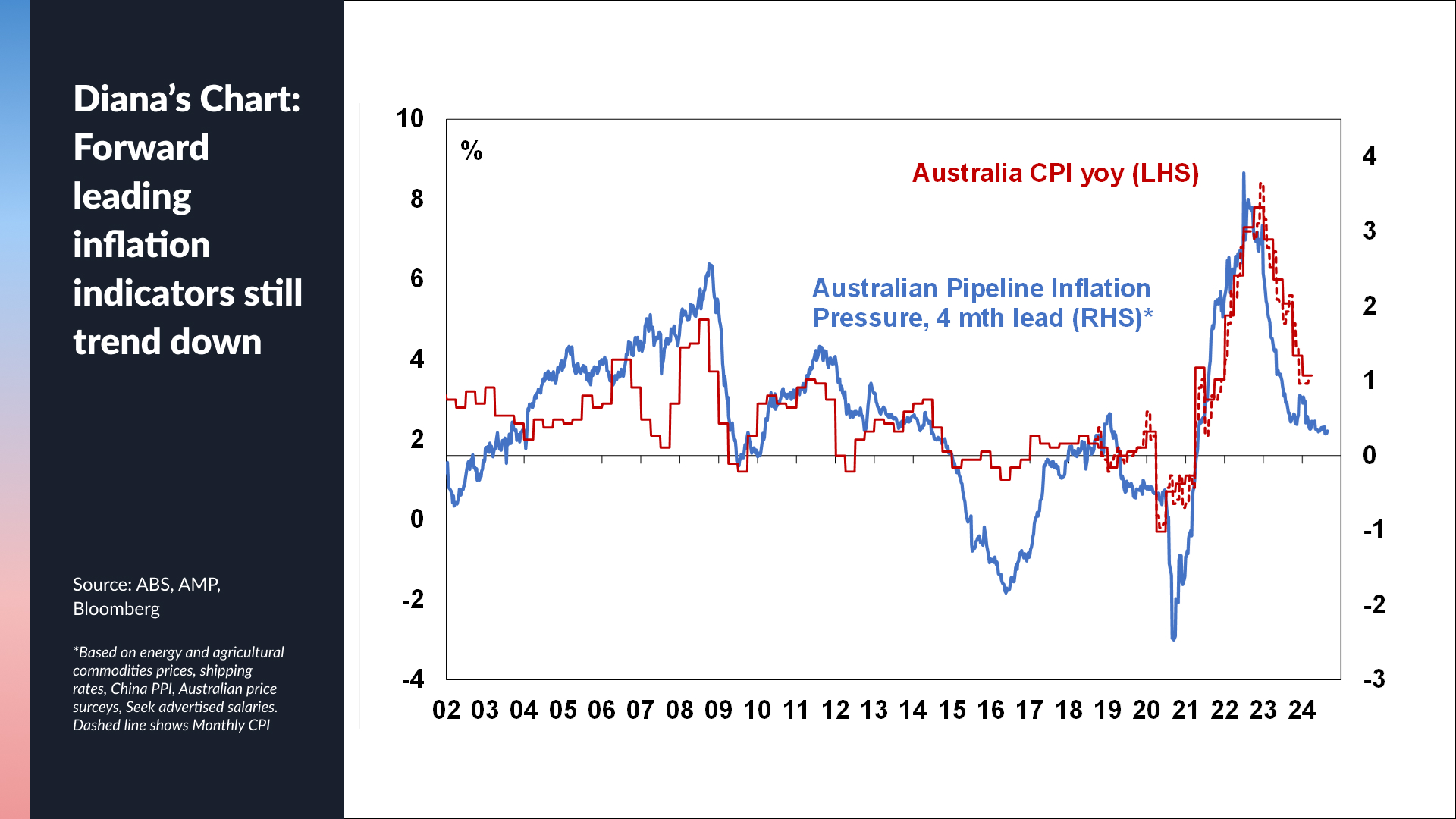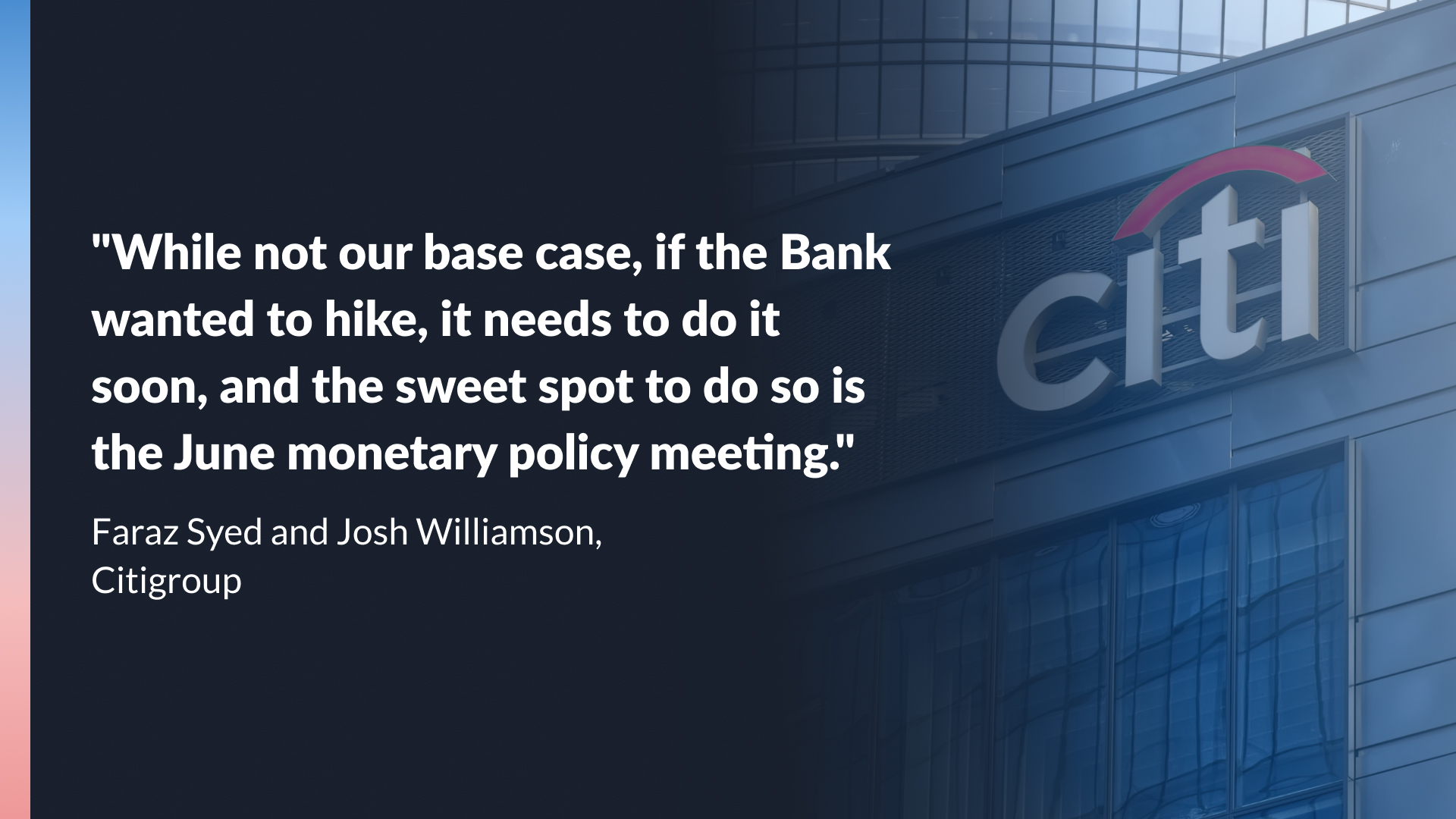What will the RBA do next? (And what does it mean for your money?)
Forecasts are forecasts but the numbers don't lie. And at the end of the day, the numbers show an extremely tough conundrum for the Reserve Bank of Australia. Services inflation has not come down as fast as the RBA would like and goods inflation is starting to tick up. And while the overall inflation downtrend is generally intact, markets are extremely jittery to any upside surprise.
The jobs market remains incredibly tight, housing costs continue to skyrocket, and consumer-led indicators like retail sales and confidence continue to remain sluggish.
So how will the Reserve Bank of Australia manage this period given the margin for error is so low - and even if it plays all its cards right, can it stick the soft landing if the US goes into a stagflationary environment?
Livewire's Signal or Noise is holding an economists' roundtable for the first time. This episode will be dedicated to the intersection of financial markets and economic policy. Joining myself and our regular panellist, AMP Deputy Chief Economist, Diana Mousina are two of the best in the business:
- Luci Ellis, Westpac Chief Economist and ex-RBA Chief Economist
- Johnathan McMenamin, Barrenjoey Senior Economist
Edited Summary
Topic 1: Are stagflation fears here to stay?
Diana: NOISE - Stagflation is the worst-case scenario for equities because it would be the most difficult environment for a central bank to cut rates and companies to continue increasing earnings. But with no signs the unemployment rate is about to soar, stagflation is not a big talking point yet.
Johnathan: NOISE - Inflation is still present Stateside but it's not far above the Fed's target. Growth remains relatively strong and productivity is above-trend. All this combined suggests the stagflation talk will be short-lived.
Luci: NOISE - Luci agrees with the panel but for different reasons. While the GDP growth figures were weak, that is mostly due to technical factors. The simple fact remains that underlying demand is still strong - and that, in turn, is fuelled by huge fiscal spending.
Luci's Chart: Consumer spending in different major economies

Topic 2: Does the Q1 inflation print provide a signal that the RBA's job is about to get tougher?
Johnathan: SIGNAL - The data shows that there is a lot of stickiness in the different products that make up the Australian inflation 'basket'. He also says we have reached a point where inflation will likely remain stubbornly "at around 3.5%" for at least the next six months.
Johnathan's Chart: The "stickiness" of inflation

Luci: NOISE - The parts of the inflation basket skewed towards Australian consumer demand are already well in decline and the high-inflation parts (e.g. construction costs and rents) may start to roll over soon, given the migration tailwind is rolling over.
Diana: NOISE - The trend in recent Australian inflation data prints has been for inflation to surprise mildly on both the upside and downside. Diana expects the next quarter to show a cooler-than-expected inflation print, supported by the following chart.
Diana's Chart: AMP Pipeline Inflation Indicator

Main Discussion
We asked each panellist to share their views on what they think the RBA will do next and the SIGNAL(s) that may change that base case view.
Johnathan's base case is for the first rate cut from the RBA to come in February 2025 and one per quarter thereafter. For 2024, Johnathan thinks the risks are for the RBA to hike rates one more time (a 25% chance) by August. The SIGNAL that could change that call is if the Q2 trimmed mean inflation print comes in at 1% (because it would have then registered at 1% every quarter for the last four).
Luci's base case is for the first rate cut from the RBA to come in November 2024 with one per quarter in 2025. The call is derived from Luci's first-hand experience at Australia's central bank and the core question of what needs to be seen to make that first cut. She argues the RBA needs three SIGNALS: to see inflation come down, wages stabilise, and productivity grow. This initial trifecta was meant to be reached in September but the Q1 inflation data means this trifecta may now not be reached until November.
Diana's base case is the same as Luci's (first rate cut in November) but only prices in two RBA rate cuts for 2025. The one SIGNAL she is looking out for is that 1% trimmed mean inflation print for Q2.
Bonus Discussion
Citi's Faraz Syed and Josh Williamson had this to write recently:

But the panel all disagreed, arguing that August is the most likely date for a rate hike given it's after the Q2 inflation print.
Topic 3: Federal Budget likely to record a third surplus
Luci's SIGNAL: How much of the revenue windfall will actually be spent
Luci's NOISE: The predictions around iron ore prices and corporate tax revenues are a function of the Treasury's extremely conservative views.
Diana's SIGNAL: The change in policy announcements, especially around fiscal stimulus. It's not just about how much they will spend but where they will spend it.
Diana's NOISE: Some investors get wrapped up in the net debt figures but that may not be relevant at this point in the cycle.
Johnathan's SIGNAL: Look at the structural components of the Budget - if it is substantially expanded, then that has big implications for the Reserve Bank and how the Budget deals with deficits long into the future.
Johnathan's NOISE: The forecast for FY25's deficit is not likely to materialise (he also thinks we will see a surplus this coming year.)
Signal or Noise will release a bonus episode with this panel later this week. The next full episode is the annual episode dedicated to income investing and will premiere on June 10th.
5 topics
1 contributor mentioned

